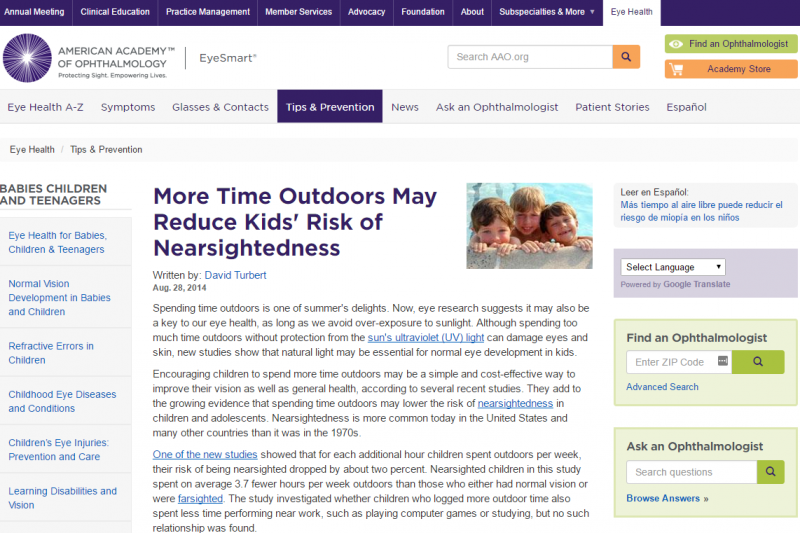When I was a kid my parents were often telling me to not read or work under dark light conditions. If they came into my bedroom and saw me study without the main light, or my desk lamp was off, for example when my book or worksheet was shaded, they asked me to turn them on. They would tell me “it’s bad for your eyes to work without enough light“. While as a kid I wasn’t too thrilled about the constant reminders I think they did the right thing. To this day I don’t need reading glasses.
Now there are new light technologies coming out. There is skepticism whether LED lights provide the right type of wavelength. LED lights save energy but emit little infrared. Let’s look at some of the properties of natural sunlight
Studies on LED’s and natural light
Like Joseph Mercola we like to be technology early adopters in our family, as long as there are no side effects. But sometimes the side effects are not simple to understand. That’s the case for LED lights. I warmly recommend you to read the article on the topic of LED lights and the detailed presentation with Dr. Alexander Wunsch on the importance of infrared to physiology and the body’s ability to produce energy and regenerate cells. To summarize: current LED’s emit very little infrared. This wavelength appears to be something present in natural light and something our body needs to function.
In our house we’re continuing to use LED’s for large areas to benefit from lower power consumption. But for the places where we spend a lot of time like the home offices or the bedrooms we reverted back to incandescent lights. While incandescent lights are not equivalent to natural sunlight they appear to provide much more of the necessary infrared, even if they consume more electricity. These bulbs have also been in use for over a hundred years, which qualifies them as tested on a large population sample for an extended time. LED’s are still new, and perhaps in the future they could evolve to providing more complete wavelengths.
Other than indoor lights lacking infrared, the American Academy of Ophthalmology is showcasing an article referencing multiple studies on the benefits of time outdoors. While obviously one should avoid looking at the sun directly, there seem to be harmful effects to the eyes of spending too much time indoors. In the studies listed, kids who spent more time outdoors experienced a lower rate of nearsightedness. This could be due the benefits of natural sunlights for the eyes. Or it could be a co-factor: what if kids who spend more time outdoors get more physical exercise, and that physical exercise provide the benefit to the whole body, eyes included? Whichever is correct, Dr Wunsch’s research and the findings by the AAO point to similar conclusions. If we’re always exposed to indoor lights, something is missing.

Our own experience
Last, we can use our own experience. Whenever I spend too much time in a week without having gone out and spend at least a bit of time in natural sunlight without sunglasses, it feels something is missing. Whether it’s just a few minutes or a few hours, whatever is comfortable, it feels good to the eyes and to the body in general.

Leave a Reply